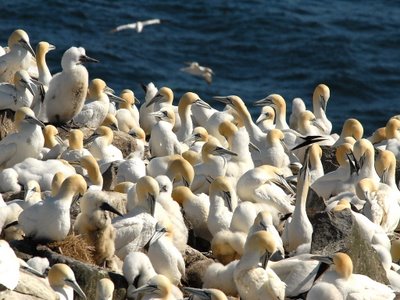
Codfish cakes for breakfast or lunch are an old Newfoundland tradition. They remain one of my favorite dishes.
Here is a recipe:
Codfish Cakes2 cups salt cod
3 cups peeled, diced potatoes
1 egg, beaten
1/4 teaspoon pepper
Cream
Soak cod overnight. Drain. Pull apart into Flakes or shreds. Boil with potatoes until potatoes are tender. Drain and mash together potatoes and fish. Beat in egg, pepper and a little cream if necessary to make mixture light and fluffy.Pat into cakes and pan fry in hot greased pan, turning once to brown both sides.
Serves 6.
.














